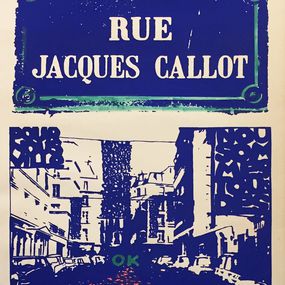
Presentation
Starting in 1945, Bernard Quentin established a unique connection between writing and visual art and his work is an illustration of this connection.
Dali recognized his originality and described him as a pioneer of cybernetic art and electronic writing. Monumental automatic inscriptions of architectural proportions inspire his practice. All forms of writing can be found in his work: hieroglyphs, pictograms, inscriptions, and graffiti.
Everything that is connected to writing interests and attracts him, and his totem-writings witness the accomplishments of his original practice.
He is also famous, starting in the '60s, when he takes distance from painting, for his environmental interventions and the inflatable structures he produces in cities like New York or Paris. His artworks are situated along the roads or float in the air. He is a landscape architect, a designer and he deciphers the codes of his time and of the cultural environment in which he lives.
Bernard Quentin was a part of the movement against art as a commodity and dedicated his practice to the environment for a while. In 1976, he went back to monumental scriptura1 and the “street poems" and “pbject poems" take an essential place in his practice. In 1977 he produced, with a dozen of artists like Soto, Restany or Messagier, the '1'Art' project. In March 2007, the Musée de la Poste dedicated him a retrospective, an exhibition that retraced his whole artistic career.

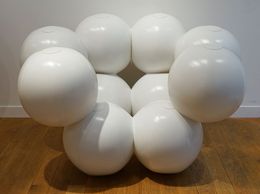
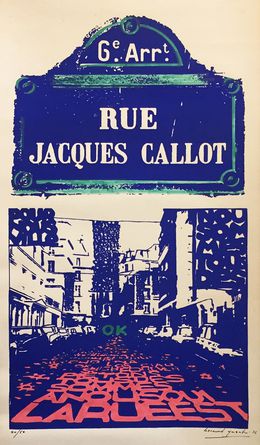
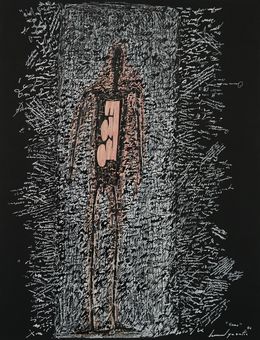
Homo (Séries des mutants)
Bernard Quentin
Fine Art Drawings - 65 x 49 x 0.5 cm Fine Art Drawings - 25.6 x 19.3 x 0.2 inch
$4,426

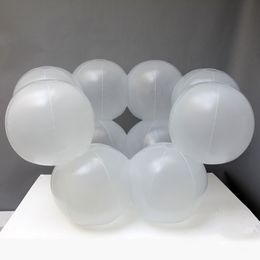
Fauteuil Molécul’air Transparent
Bernard Quentin
Design - 60 x 150 x 112 cm Design - 23.6 x 59.1 x 44.1 inch
$885
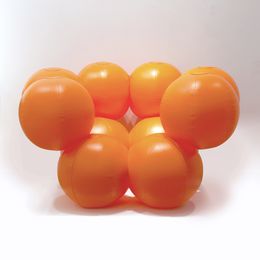
Fauteuil Molécul’air Orange
Bernard Quentin
Design - 60 x 150 x 112 cm Design - 23.6 x 59.1 x 44.1 inch
$885
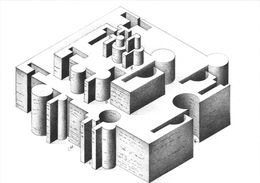
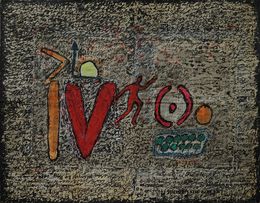
J'aime courir le matin
Bernard Quentin
Fine Art Drawings - 54 x 70.5 x 1 cm Fine Art Drawings - 21.3 x 27.8 x 0.4 inch
$3,319

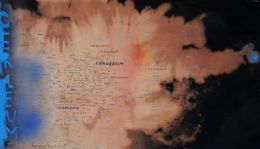
Ceruléum Ref BDNW11625
Bernard Quentin
Fine Art Drawings - 29 x 50 cm Fine Art Drawings - 11.4 x 19.7 inch
$1,383
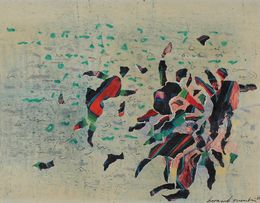
Personnage Ref BDNW11622
Bernard Quentin
Fine Art Drawings - 32 x 40 cm Fine Art Drawings - 12.6 x 15.7 inch
$2,213
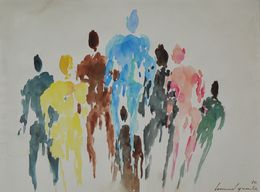
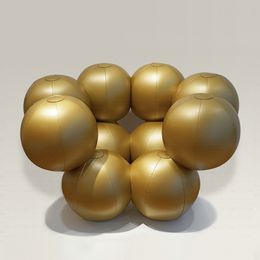
Fauteuil Molécul’air Gold
Bernard Quentin
Design - 60 x 150 x 112 cm Design - 23.6 x 59.1 x 44.1 inch
$885
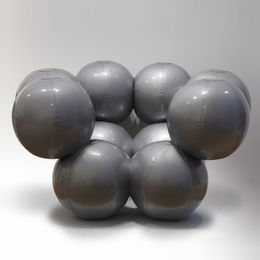
Fauteuil Molécul’air Silver
Bernard Quentin
Design - 60 x 150 x 112 cm Design - 23.6 x 59.1 x 44.1 inch
$885
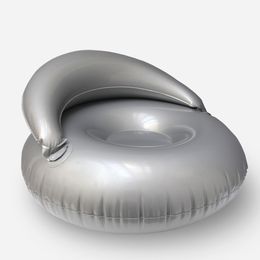
Fauteuil Croissant Silver
Bernard Quentin
Design - 60 x 100 x 30 cm Design - 23.6 x 39.4 x 11.8 inch
$443

Fauteuil Croissant Orange
Bernard Quentin
Design - 60 x 100 x 30 cm Design - 23.6 x 39.4 x 11.8 inch
$443
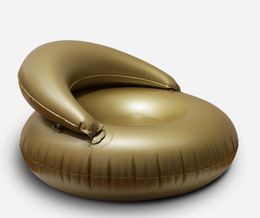
Fauteuil Croissant Gold
Bernard Quentin
Design - 60 x 100 x 30 cm Design - 23.6 x 39.4 x 11.8 inch
$443


Exhibitions dedicated to Bernard Quentin

Galerie LOFT
Art For All
From November 16, 2023 to January 10, 2024

Galerie LOFT
Contemporary art as a gift or for yourself!
From December 3, 2022 to December 31, 2022

Galerie LOFT
On the way to Art For All
From December 2, 2021 to January 29, 2022

Galerie LOFT
La collection "ART FOR ALL - Une œuvre d'art pour tous"
From November 30, 2020 to January 17, 2021

Galerie LOFT
From November 28, 2013 to January 18, 2014
Discover our selections of works by artists
Colorful pop sculptors
Sculptors
Painters
Printmakers Artists
Draughtsmen Artists
Designers
French artists
What are their 3 main works?
What is Bernard Quentin’s artistic movement?
When was Bernard Quentin born?
